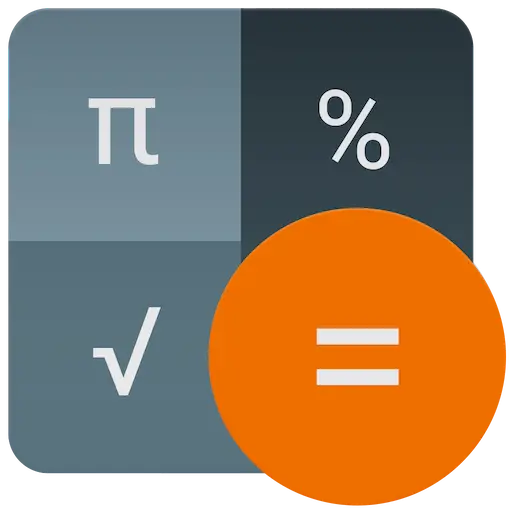Unlocking the Power of a Derivative Calculator: Your New Math Buddy!
Ah, derivatives! That magical concept in calculus that turns simple functions into their instantaneous rate of change. For many, this term might sound like something out of a sci-fi movie, but once you break it down, it’s not so scary after all. And guess what? You don’t need a math wizard (or a time machine) to calculate them anymore! That’s right—enter the derivative calculator. Bam! Instant derivative, no sweat!
What is a Derivative?
Before we dive into the magic of calculators, let’s quickly remind ourselves: a derivative tells you how something changes. In simpler terms, it’s like knowing the speed of a car at a specific moment in time. You’re not concerned with how far it’s traveled overall—just that snapshot of right now. And who doesn’t love a good snapshot?
But rather than writing out all those complicated rules for derivatives (trust me, you’re glad I’m not doing that), let’s let the derivative calculator do the heavy lifting.
Why Use a Derivative Calculator?
Okay, we get it—you could sit down with pen and paper, try to recall all those calculus rules, and manually figure out that derivative for every function. But… why would you, when you’ve got the power of technology? It’s like being asked to chop vegetables with a dull knife when you could use a food processor. Time is precious, people! And math is already complicated enough.
With a derivative calculator, all you need is your function (the math expression you want to differentiate), and boom, the answer is served up like a fresh slice of pie. And we all know math is way better than pie, right? (Okay, maybe not way better, but it’s a close second.)
How Does It Work?
Great question! Here’s how it works in simple terms:
- Input the Function: You type in your function—anything from
x^2 + 5xto more complex stuff likesin(x) + e^x. (You’re basically telling the calculator, “Hey, find the rate of change for this math thing!”) - Hit Calculate: The calculator does all the fancy math magic behind the scenes.
- Voila: It gives you the derivative, making you feel like you’re officially ready to tackle calculus exams like a pro.
The Best Part?
It’s fast. It’s easy. And, if you’re like me, you’ll be done before you even realize that you’ve learned something. Math doesn’t have to be a monster under the bed—it’s more like a friendly pet that just needs a little attention now and then.
How Can You Use It?
Imagine you’re on the go, trying to figure out how a car’s velocity is changing at a particular moment. A derivative calculator has your back. Or maybe you’re trying to compute the slope of a curve at a certain point to impress your professor—guess what? A quick calculation, and boom, you’re the coolest person in the room (well, at least in the math department).
Fun Fact: Not Just for Calculus Pros!
You don’t need to be a math genius to use this tool. Whether you’re a high school student trying to understand the basics, or someone who needs a quick refresher for a bigger project, this calculator is here to save the day. It’s like a trusty sidekick that’s ready to jump in when you need it most.
Let’s Talk About the Interface!
Imagine trying to use a derivative calculator that’s as complicated as your old high school math teacher’s handwriting. Ugh, nightmare, right? But don’t worry, good calculators come with a user-friendly interface—you just type in your expression, hit enter, and get your result. That’s it. No need to wrestle with confusing buttons, arrows, or weird functions.
Wrapping It Up!
So, whether you’re trying to solve an exam question, calculating some cool physics problem, or just dabbling in math for fun (hey, no judgment!), the derivative calculator is here to make your life easier. With just a few clicks, you’ll be the proud owner of the derivative you need, without all the hassle.
Just remember: derivatives are your friends, and with the help of a calculator, you can unlock the secrets of any function in no time. So go ahead, enter that function, click calculate, and marvel at the beauty of math—after all, who knew math could feel so… easy?
Happy Calculating!
